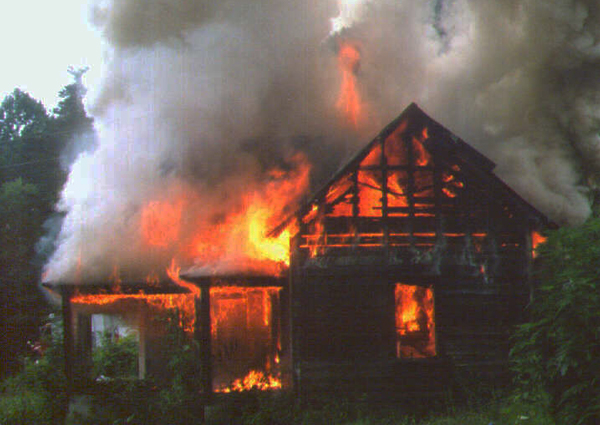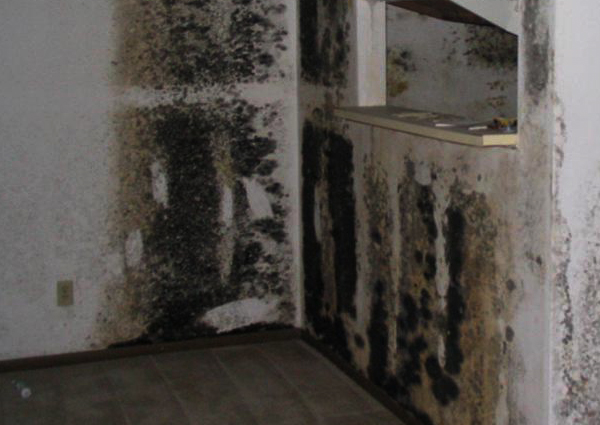-
Will using steel cost more?
No, it is actually less expensive than timber. The price of traditional timber framing has been erratic and growing at a rate much faster than inflation in NZ; steel prices have only experienced small annual adjustments. Plus, it’s a lot faster to erect, saving on manpower.
-
What design can I use?
Steel framing is very flexible and can be used on any design. Steel’s superior strength to weight ratio means you can span greater distances and create unique spaces quite easily.
-
What about linings and cladding?
Plaster Board linings are glued and screwed to the internal walls and roofs and any cladding choice can be fixed to the external framing.
-
How do I hang pictures etc. to the wall?
Use a standard picture hook. To find a stud for heavy objects use a magnet or stud finder. Fix the hook with a self drilling Tek screw.
-
Is steel framing safe electrically, and from lightning?
Yes. The steel frames offer better protection than any other construction system because the frames are earthed and all new housing is required to be fitted with “safety switches” to protect against earth leakage in the wiring. Being earthed, the steel frame will conduct any strike directly to earth, reducing the likelihood of explosions, secondary fires, or personal injury.
-
How is electrical and data cabling installed in steel framing?
The studs and plates have factory punched service holes to facilitate easy cable installation. Grommets can be fitted to protect cables and additional service holes can be drilled or punched on site, if required.
-
Can steel framed homes be built on piers or concrete slabs?
Either. Steel frames can be fixed to a concrete slab or fixed to a lightweight steel floor system in brick, concrete or steel piers. Lightweight steel flooring systems are ideal for elevated or sloping slights as they can minimize foundation requirements.
-
Are more trade skills required to work with steel framing?
No. Constructing and finishing frames is about geometry, accuracy and familiarity with tools and procedures. Most trade operations with steel framing are the same as with timber. Some trade operations require specific information provided by Jones Industries while others need less and are simpler.
-
Can I have my frames and trusses pre-assembled, and are there any advantage in their off-site construction?
Yes, and the advantages are:
– Able to be stood up in inclement weather
– Shorter onsite construction time
– Lessens impact on local environments
– Safer construction
– Factory production minimizes material wastage
– Wastage and trimming are recyclable
– CAD integrated technology ensures precision components
– Eliminates the requirement for onsite skilled labour
– Just in time delivery – no need for onsite storage
– Ideal for situations where site access is difficult or restricted
– Easy to assemble, just follow the supplied layout plans
– Allows roof to be placed earlier
– Less overall labour costs

Fire Resistance
Steel framing is non-combustible and will not fuel a fire.
Steel will not ignite and withstands higher temperatures

Termite Damage
Termites are known to destroy the wall and roofing timbers of a home within 3 months of construction.
As an example, termites cause more damage to homes in Australia than fire, floods and storms, combined.
Severe termite damage to a building is not uncommon.

Toxic Mould
Moulds in your home can cause health problems and structural damage. The most common toxic mould is Stachybotrys chart arum, a slimy greenish-black mould that grows on moisture-laden materials. It does not grow on steel, nor does steel promote the growth of mould.
Mould can cause severe lung problems ion infants and the elderly. Steel does not contain moisture like wood. Even kiln dried wood still has residual water content.
WHY YOU SHOULD USE STEEL?
Steel is a Superior Construction Material
- Highest strength-to-weight ratio of any building material
- 100% recyclable
- Non-combustible – does not burn and will not contribute fuel to the spread of a fire.
- Inorganic – will not rot, warp, split, crack or creep
- Dimensionally stable – does not expand or contact with moisture content
- Consistent material quality – produced in strict accordance with national standards, no regional variations.
Benefits to the Consumer
- High strength results in safer structure, less maintenance and slower aging of structure
- Fire safety
- Not vulnerable to termites
- No toxic chemicals are used to treat steel, unlike the treatment of timber.
- Not vulnerable to any type of fungi or organism
- Less probability of foundation problems – 5 times lighter than wood which results in less movement.
- Less probability of damage in an earthquake – lighter structure with stronger connections results in less seismic force
Benefits to the Builder
- Lighter than other framing materials – no lifting equipment required on side. One person can easily carry a 5 metre fabricated panel
- Easy material selection – no need to cull or sort
- Straight walls and square corners
- Calls backs due to cracks are eliminated
- Windows and doors open and close as they should
- Less scrap and waste (2% for steel vs. 20% for timber)
- Environmental selling and green positioning
- Consumer perceives steel as better
- No drying out period in wet weather, resulting in no delays
